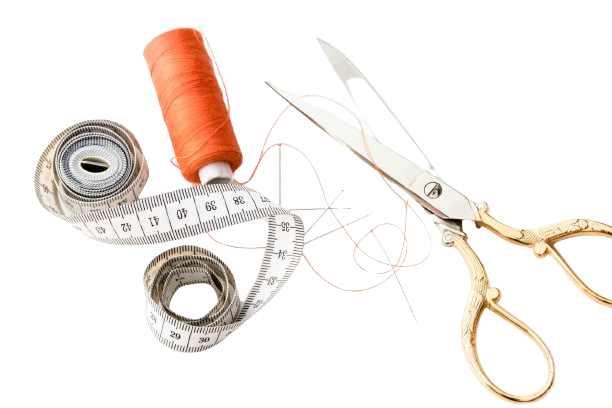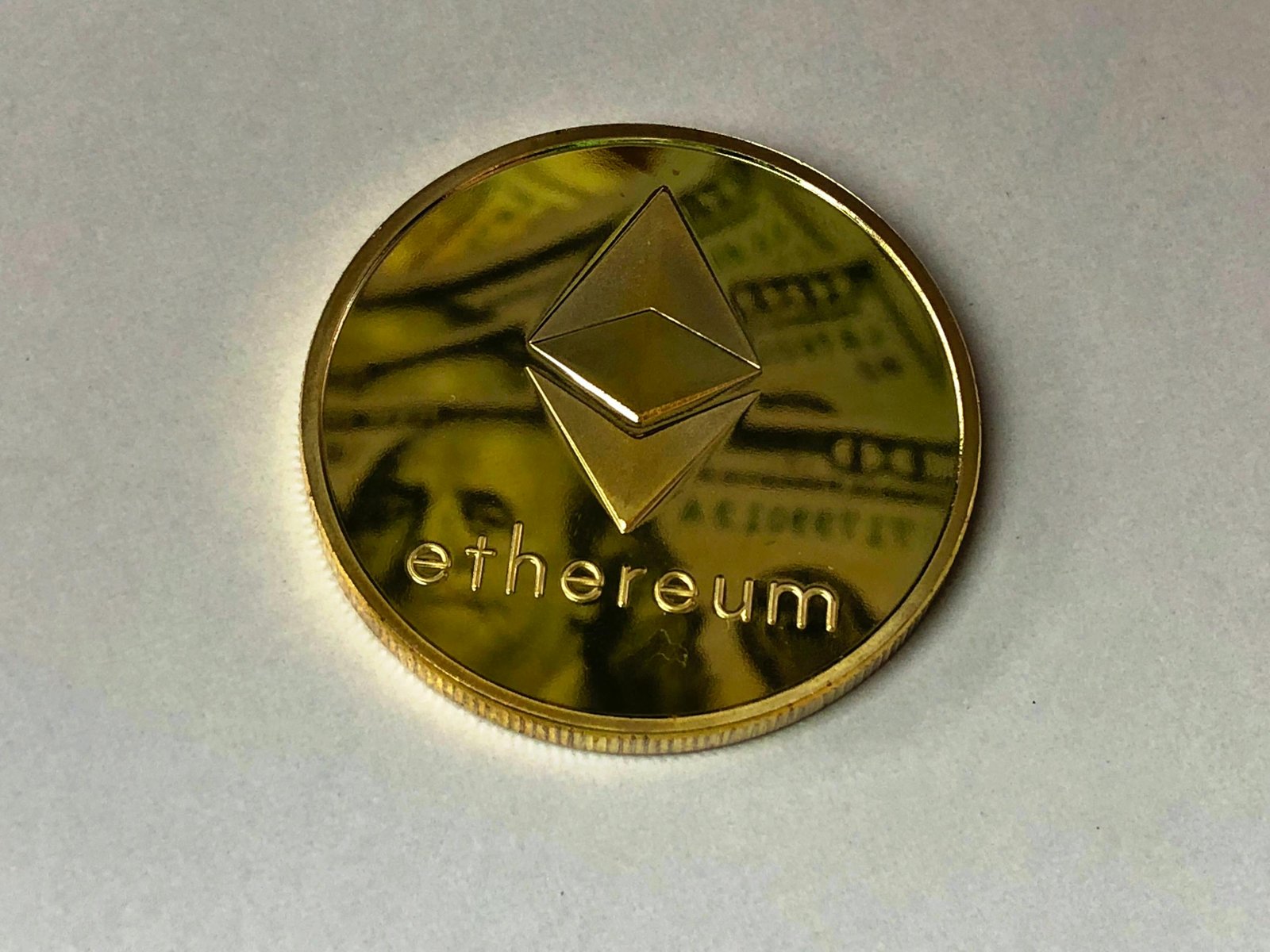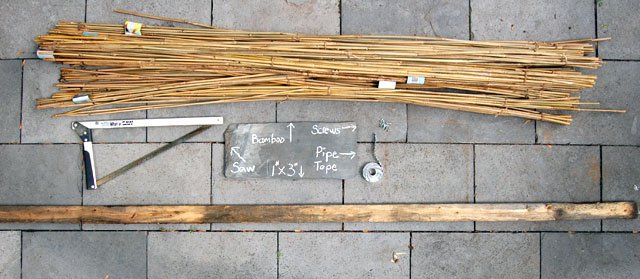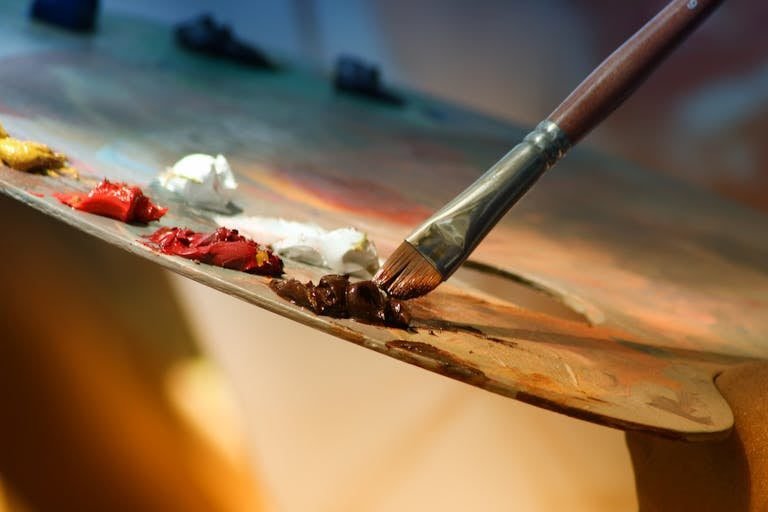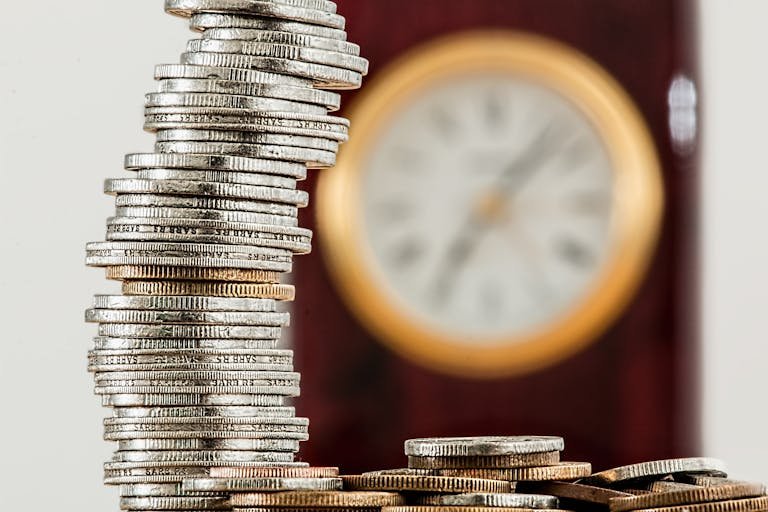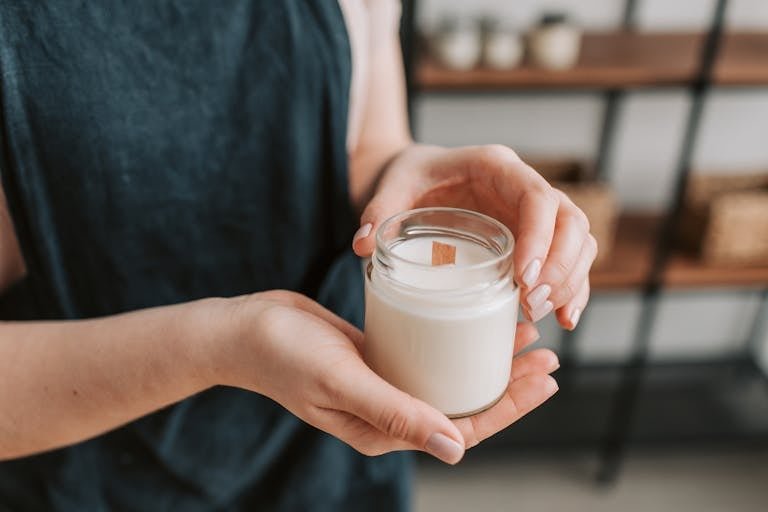Uncirculated Coin: Spotting a Gem Fast (Essential Guide)
Collecting coins is a fascinating hobby, and the condition of a coin plays a crucial role in determining its value. Among the various conditions coins can be found in, uncirculated coins are particularly prized for their pristine state. But how do you determine if a coin is truly uncirculated? In this guide, we’ll walk you through the key indicators of How to Tell if a Coin is Uncirculated, providing you with the knowledge you need to identify uncirculated coins confidently.
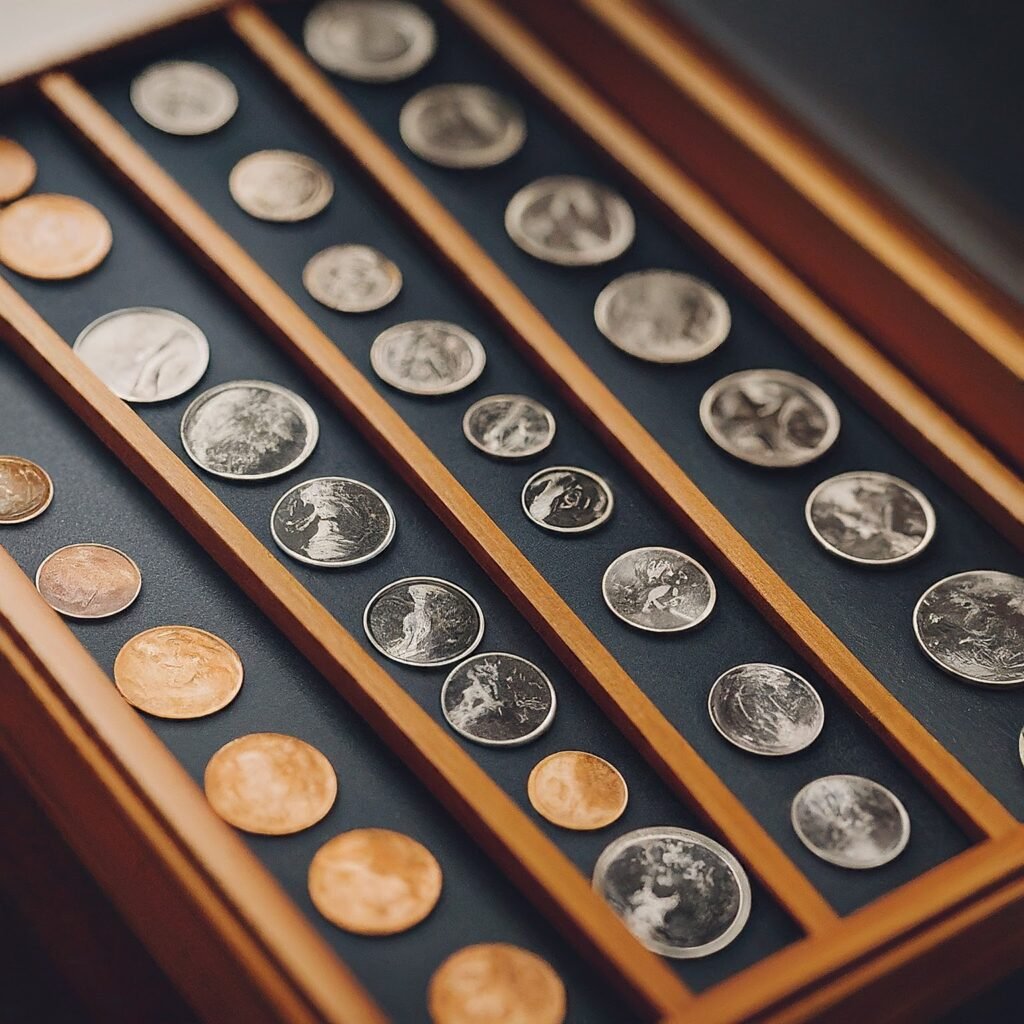
Understanding Uncirculated Coins
What Is an Uncirculated Coin?
An uncirculated coin is a coin that has never been used in everyday transactions. This means it has not passed through the hands of the public and remains in the same condition as when it left the mint. Uncirculated coins are also often referred to as Mint State (MS) coins, which are graded on a scale from MS-60 to MS-70, with MS-70 representing a perfect, flawless coin.
Why Are Uncirculated Coins Valuable?
The value of an uncirculated coin stems from its condition. Because these coins have not been exposed to the wear and tear of circulation, they retain their original mint luster and details. Collectors value these coins for their beauty, historical significance, and potential appreciation over time.
Key Indicators of an Uncirculated Coin
Identifying an uncirculated coin requires a keen eye for detail. Here are the essential characteristics to look for:

1. Mint Luster
What Is Mint Luster?
Uncirculated coins exhibit a distinctive mint luster, a shiny, reflective surface. This luster is absent on circulated coins due to wear and tear.
How to Identify Mint Luster
When examining a coin, look for a bright, almost mirror-like sheen. This luster is uniform across the surface and is typically absent in coins that have been in circulation. Circulated coins often lose this luster due to friction and handling.
2. No Signs of Wear
Uncirculated coins show no signs of wear, friction, or abrasion. Edges, corners, and surfaces are sharp and intact.
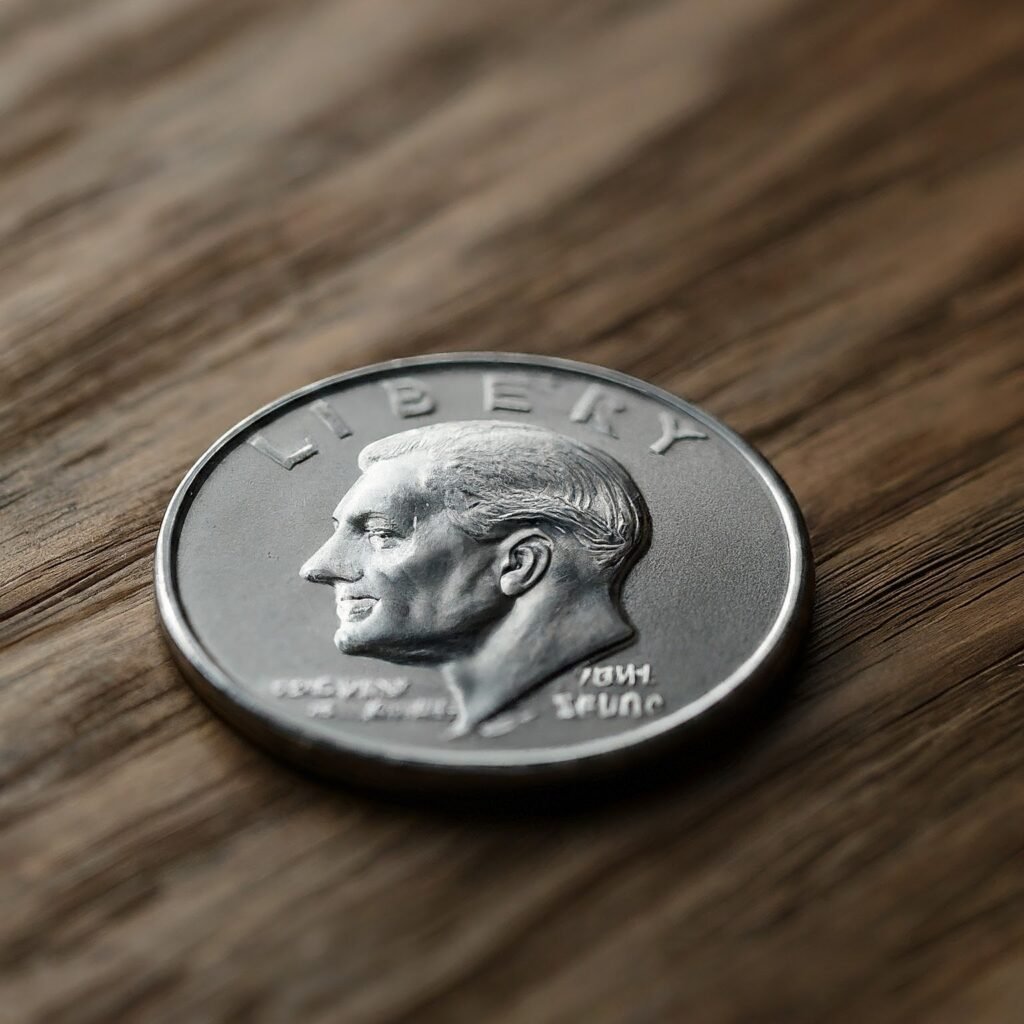
Common Signs of Wear
- Friction Marks: Circulated coins often display friction marks, especially on high points of the design.
- Edge Wear: The edges of circulated coins may appear rounded or smoothed out due to constant handling.
3. Original Mint Details
Uncirculated coins retain their original mint details, such as:
- Sharp strike
- Clear mint marks
- Well-defined design elements
Sharp Strike
A sharp strike refers to the clarity and precision of the coin’s design. Uncirculated coins typically exhibit a crisp and clear strike, with all elements of the design well-defined.
Clear Mint Marks
Mint marks indicate the location where the coin was produced. In uncirculated coins, these marks are often sharp and easily visible, without any blurring or wear.
Well-Defined Design Elements
Look closely at the intricate details of the coin’s design. Uncirculated coins maintain their original detail, with no loss of definition in the coin’s features.
4. No Toning or Discoloration

What Is Toning?
Toning refers to the color changes that can occur on the surface of a coin over time due to exposure to air and other environmental factors. While some collectors appreciate toning, it is generally absent in uncirculated coins.
Identifying Toning
Uncirculated coins usually lack any toning, appearing in their original, bright state. However, some older uncirculated coins may develop slight toning due to long-term storage, especially if they were not stored in ideal conditions.
Read Also: Master the Back Loop Crochet Stitch: A Game-Changer!
5. No Scratches or Marks

Why Are Scratches Significant?
Scratches and marks are common on circulated coins and result from the coin coming into contact with other surfaces or objects. Uncirculated coins, however, should be free from such blemishes.
Distinguishing Mint Marks from Circulation Damage
It’s essential to distinguish between minor imperfections that occur during the minting process and those that result from circulation. Mint imperfections are usually very subtle and should not be mistaken for circulation damage.
6. Original Packaging (If Applicable)
Mint Packaging as a Sign of Authenticity
Many uncirculated coins are sold in original mint packaging, which helps protect the coin from damage and exposure. This packaging can include plastic cases, paper envelopes, or mint-sealed bags.
Importance of Original Packaging
Coins that are still in their original packaging are more likely to be uncirculated, as the packaging prevents the coin from being handled and exposed to the elements.
7. Certification (Optional but Recommended)
Role of Third-Party Grading Services
Third-party grading services, such as the Professional Coin Grading Service (PCGS) or the Numismatic Guaranty Corporation (NGC), provide certification for coins, assessing their condition and authenticity.
Benefits of Certification
Certified coins are often encased in tamper-evident slabs with a label indicating the coin’s grade. This certification can add value to the coin and provide peace of mind for buyers and collectors.
8. Weight and Edge Inspection
Checking Weight and Edge Specifications
Every coin has specific weight and edge specifications set by the mint. Verifying that a coin meets these specifications can help determine if it is uncirculated.
Importance of Edge Inspection
Uncirculated coins should have well-defined edges, whether they are needed (ridged), smooth, or decorated. Any signs of wear or alteration on the edges can indicate that the coin has been circulated.
9. Magnetic Test (For Certain Coins)
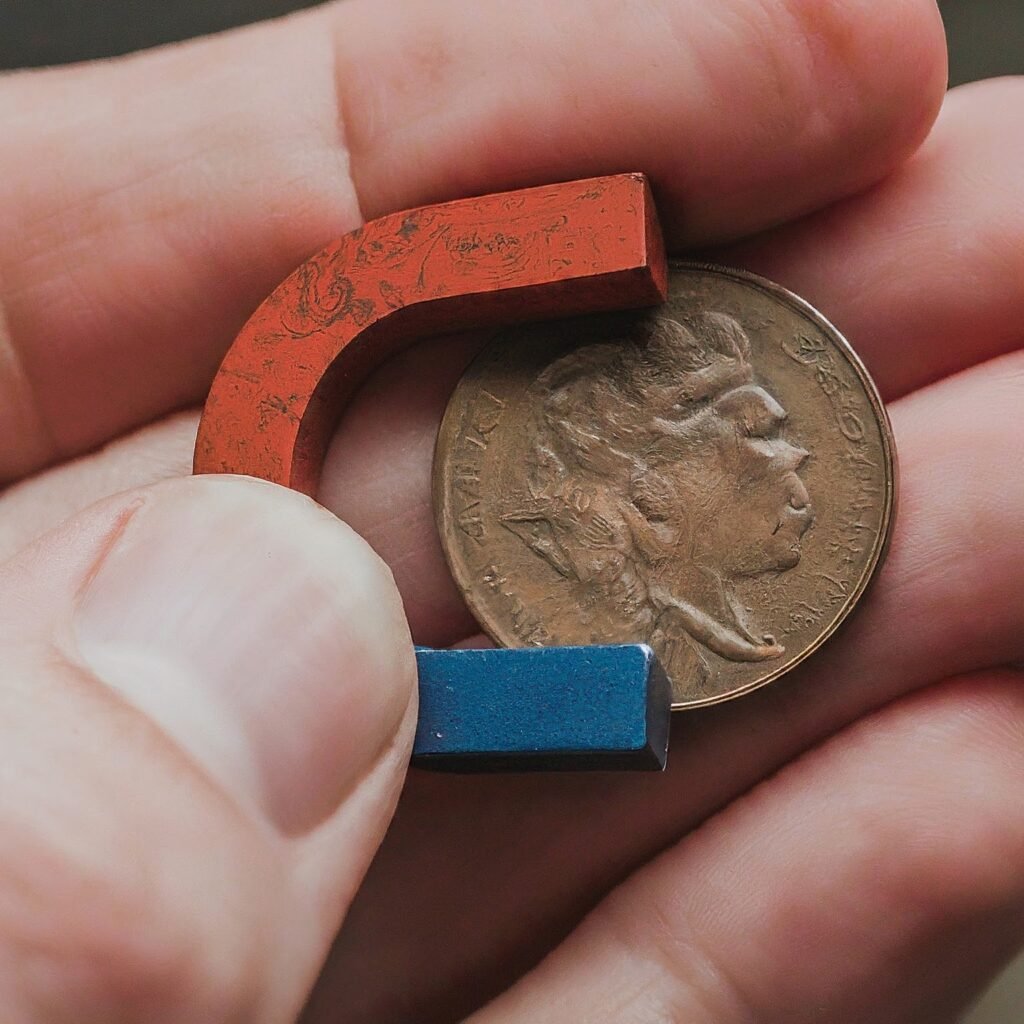
When to Use the Magnetic Test
Some coins, particularly those containing certain metals like nickel or iron, can be tested with a magnet. This test is more applicable to modern coins, as older coins are usually made from non-magnetic metals.
How the Magnetic Test Works
If a coin is attracted to a magnet, it may indicate that it contains metals that are typically used in coins that have been circulated. However, this test is not foolproof and should be used in conjunction with other identification methods.
10. Expert Examination
Importance of Professional Authentication
If you are unsure about the status of a coin, consulting a professional coin dealer or numismatist can provide you with an expert opinion. These professionals have the experience and tools necessary to accurately assess the condition of a coin.
Where to Find an Expert
Reputable coin dealers, auction houses, and grading services are good places to seek expert advice. They can also help you with appraising the value of your uncirculated coins.
Read Also: Slip Clay Secrets: Ultimate Guide to Crafting Magic
Conclusion
Identifying uncirculated coins is a valuable skill for any coin collector. By understanding the key indicators—such as mint luster, absence of wear, and original mint details—you can confidently assess the condition of coins and build a collection that holds its value over time. Whether you’re a seasoned collector or just starting, knowing how to tell if a coin is uncirculated will enhance your appreciation of this fascinating hobby and help you make informed decisions when buying or selling coins.
